Pros and Cons of Installing a Window in Shower Spaces
It is one of the most essential decisions to be made before the renovation or interior or exterior decoration of any house. A bathroom window may provide a number of advantages to the occupants in the form of natural lights, additional ventilation, and comfort inside the bathroom; however, it has a couple of disadvantages and privacy issues. The comprehension of the various bathroom windows’ pros and cons could be used to make the right decision that would add functionality and aesthetic appeal to your space. This article will take you through the various advantages of having a bathroom window, the different types of windows available, and how you could address privacy issues as you work your way toward creating an attractive yet practical bathroom.
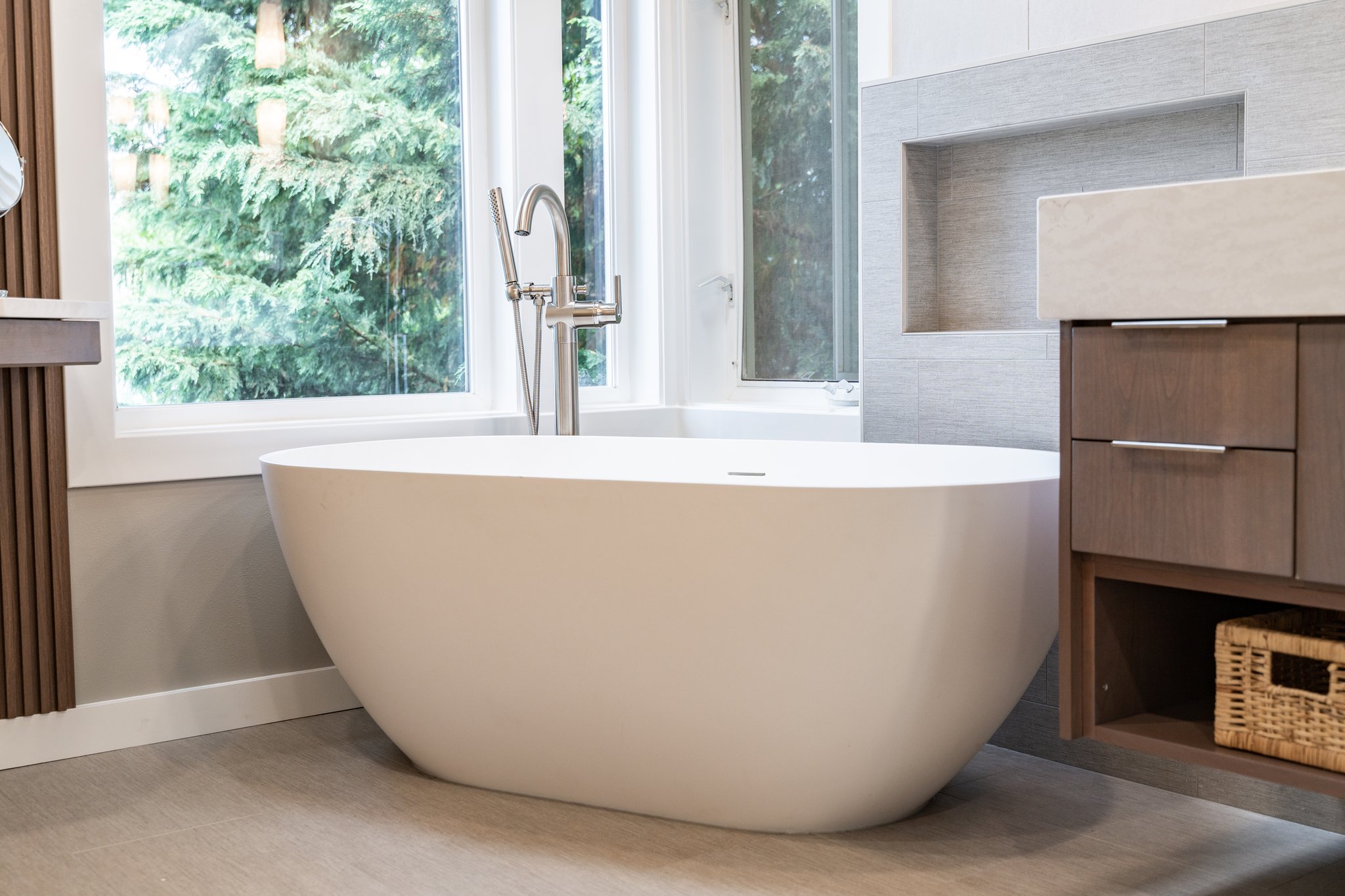
Benefits of Having a Bathroom Window
Natural Light
Perhaps one of the main reasons people add bathroom windows is because such a bathroom window makes any bathroom bring in more natural light. A shower window, just like every other bathroom window, can give one an impression of brightness and openness to their bathroom in an instant. Natural light for grooming and other typical routines provides better visibility that may make a small bathroom appear larger. Sunlight becomes one of the chic elements of a smaller bathroom that complements the whole design with modern windows featuring black frames and large panes. Whether you have large windows to let in maximum light or smaller windows to brighten up tight spots, that additional natural light can transform your bathroom.
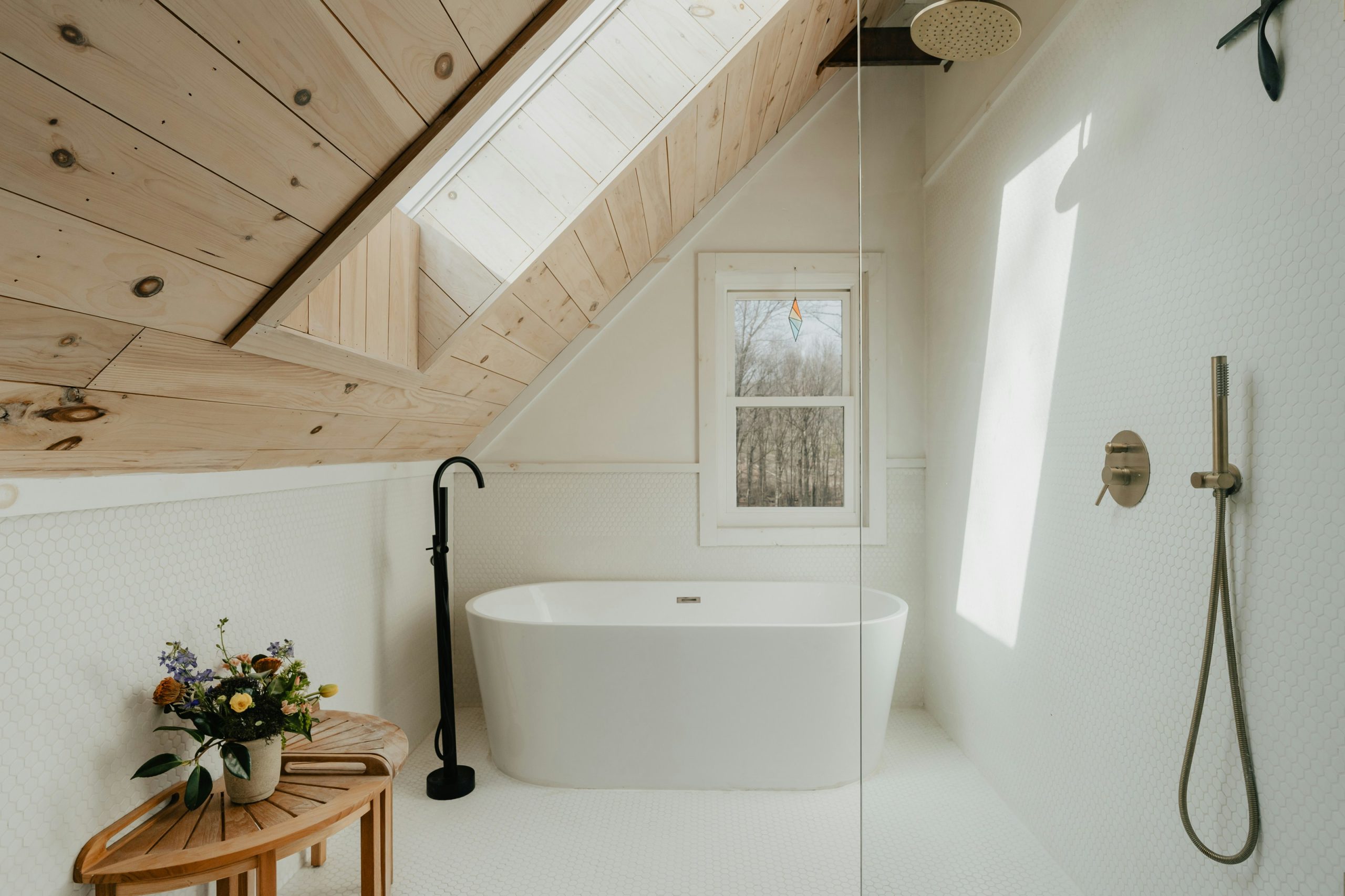
Enhanced Ventilation
Most bathrooms have higher moisture levels than other parts of the house due to the daily use of showers, bathtubs, and sinks. This bathroom window may be a casement window, sliding window, or any type available outside the bathroom to provide fresh air and ventilation to this room. Where these other windows are open, there is an allowance made for the release of moisture that, if left staid, can breed mold and mildew and make the indoor air fresher. The latter is outward-opening windows, such as awning or casement windows, designed to allow air to circulate into your rooms without water entry, even in rainy conditions.
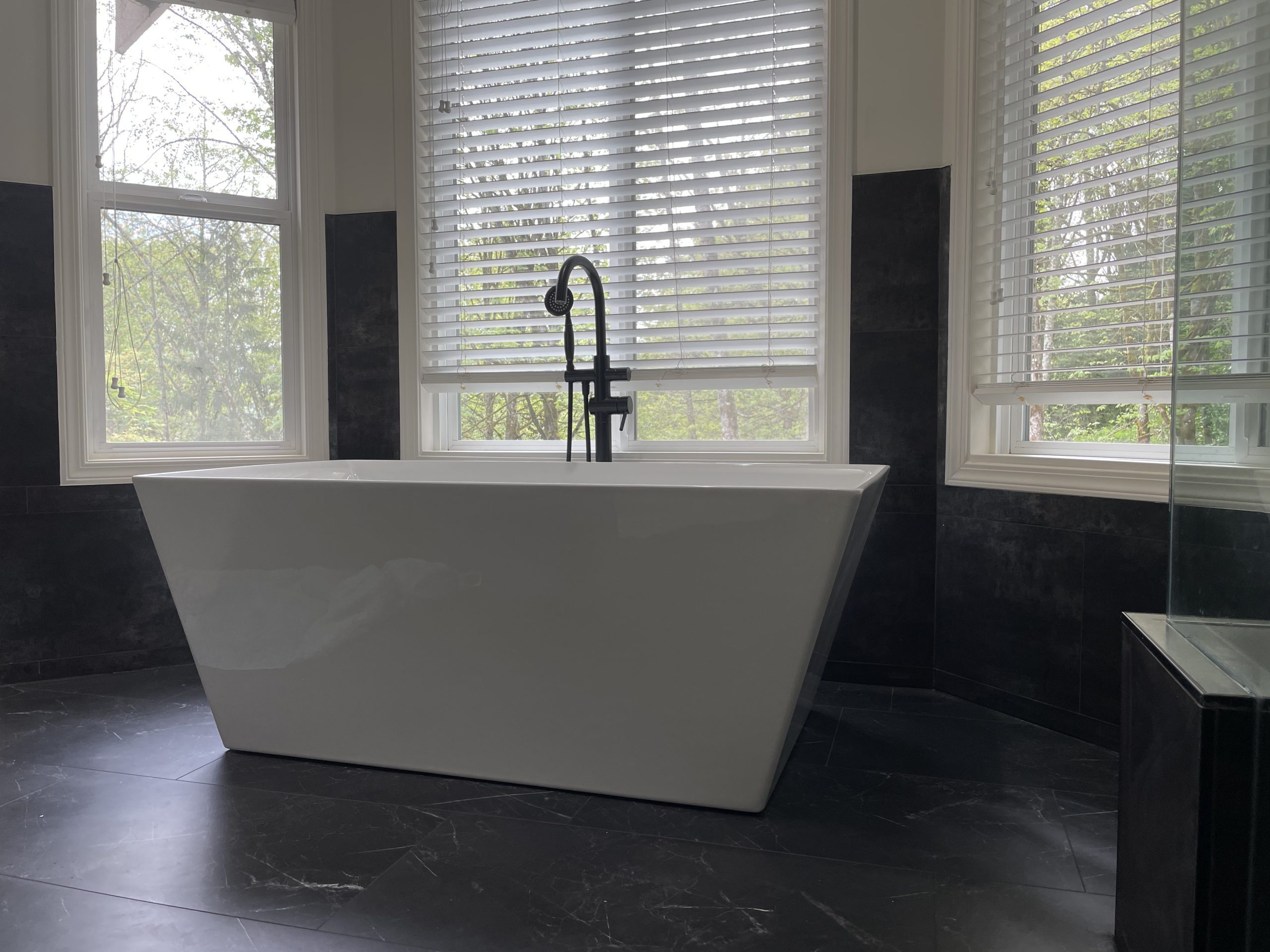
Improved Comfort
A bathroom window, especially big window if it were situated in a shower or close to a bathtub, can add to the feeling of comfort and ease. Imagine being able to take your bath with a view of trees outside or even your garden through picture windows or double-hung windows. A window would allow access to fresh air, natural light, and possibly a fine view, thereby enhancing the bathroom experience. Larger windows will add elegance and a sense of spa-like ambiance, making the room much more of a retreat than just a utilitarian space.
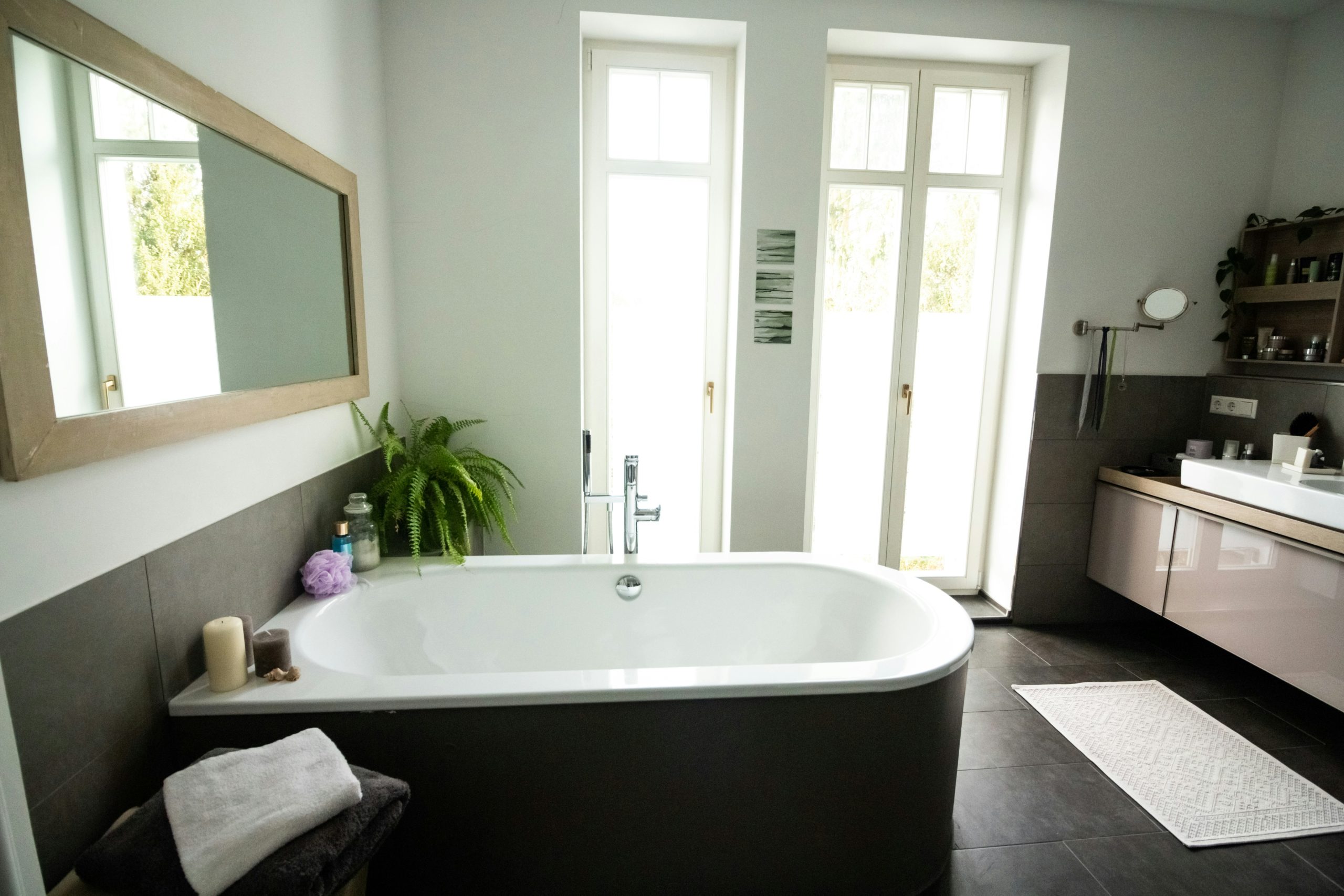
Energy Efficiency
Bathroom windows can add to energy efficiency. By small windows and allowing more natural light into the area, you reduce the need for artificial lighting during the day. Also, placed appropriately, windows regulate the temperature of the bathroom through passive heating by the sun in winter and cross-ventilation in summer. This lowers costs and makes the environment more comfortable throughout the year. Awnings or casement windows will provide effective ventilation and the right amount of light and can be considered as pretty interesting options that can help maximize these benefits.
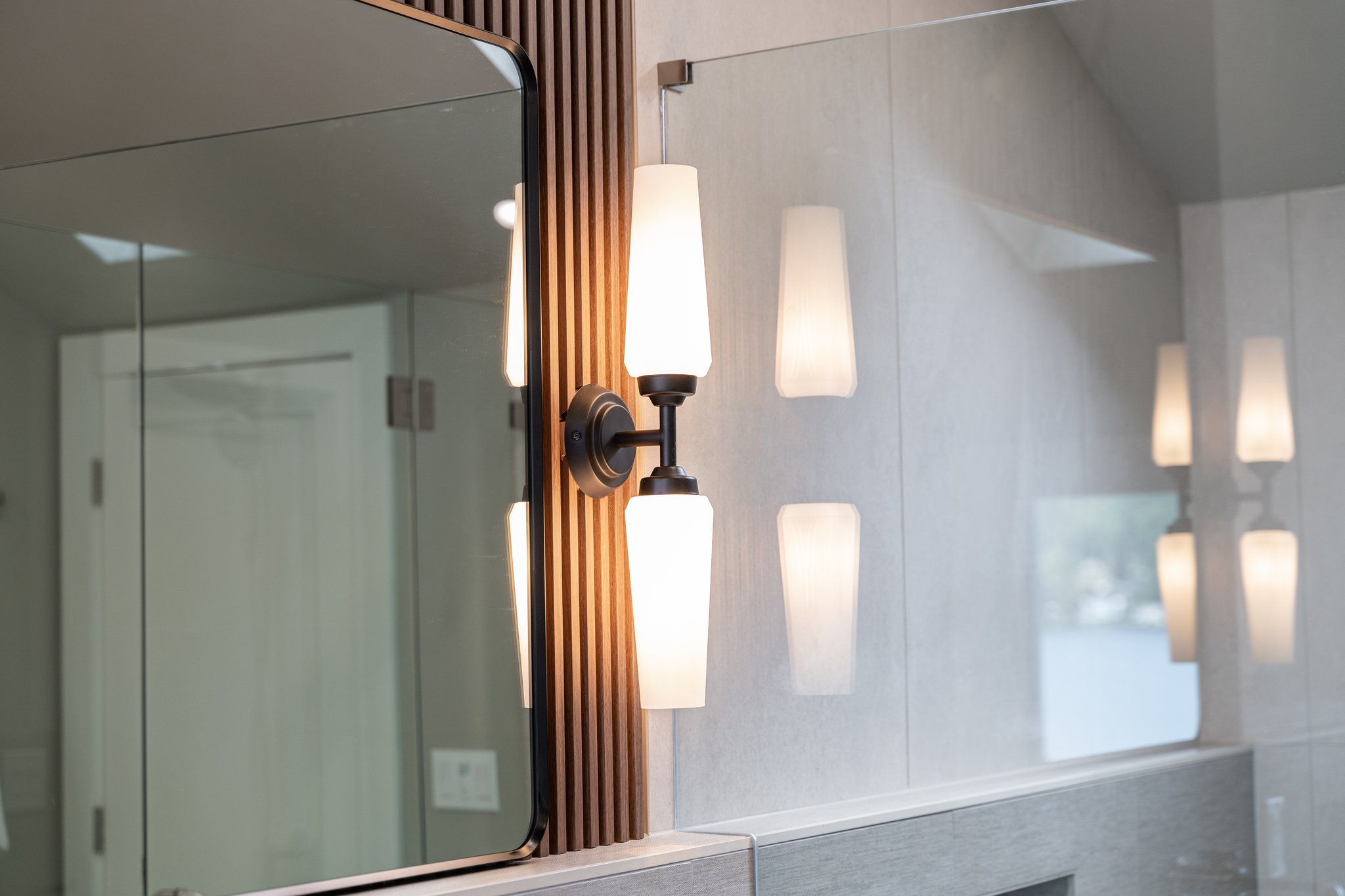
Choosing the Right Type of Bathroom Window
The best kind of bathroom window would consider ventilation, privacy, style, and space. Here are some of the most popular bathroom window ideas and options that can help you compromise:
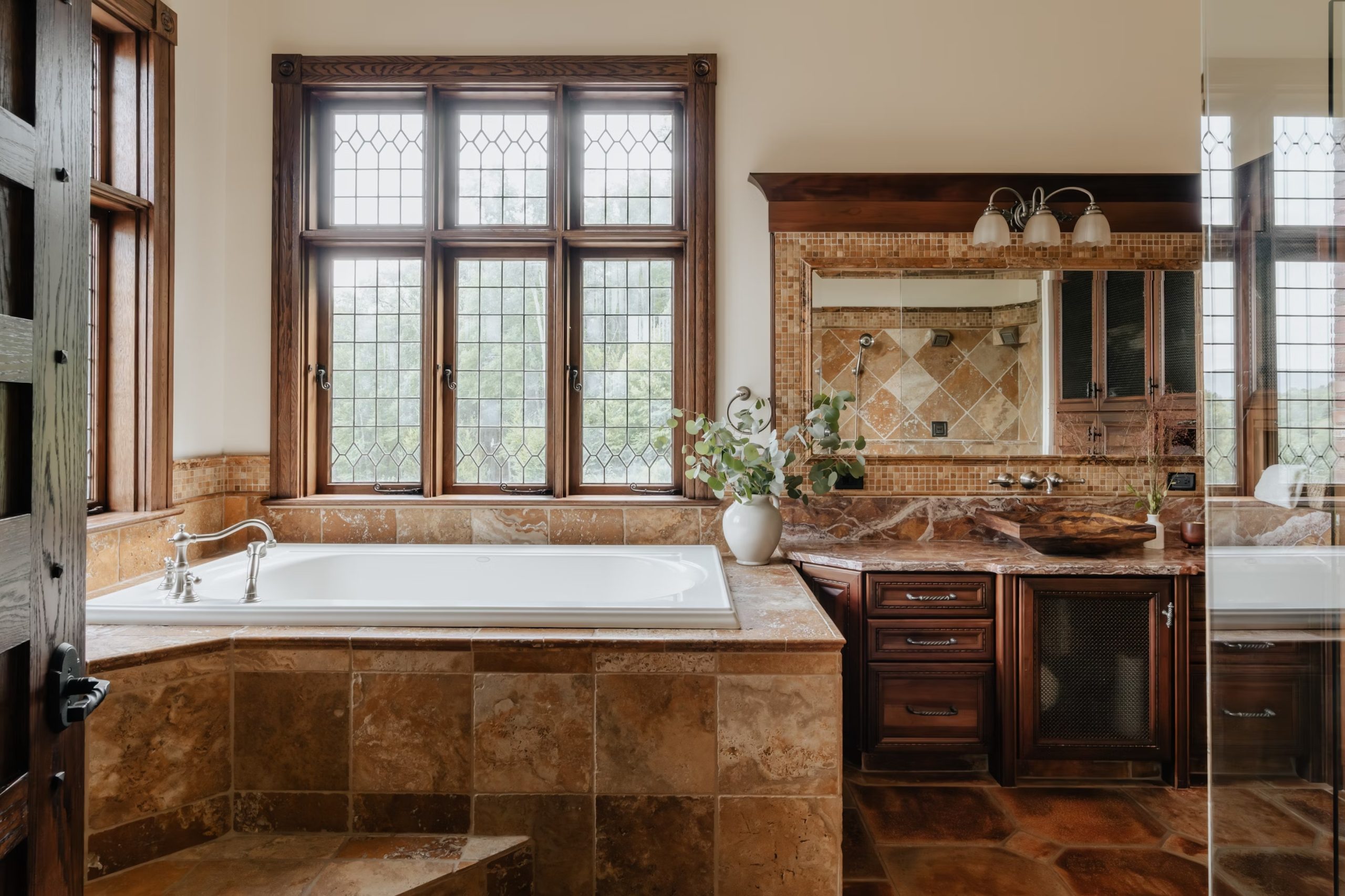
Awning Windows
Awning windows open from the bottom outwards by way of top-side hinges. This design feature renders them ideal for bathroom installation since they can remain open in most types of weather hence permitting good ventilation. Their positioning makes them ideal for the smaller bathrooms; the full window swing might be very impracticable, aggregating privacy when the door is opened a little. Awning windows are suitable for higher placements, say near the ceiling, to ensure light and ventilation without compromising privacy.
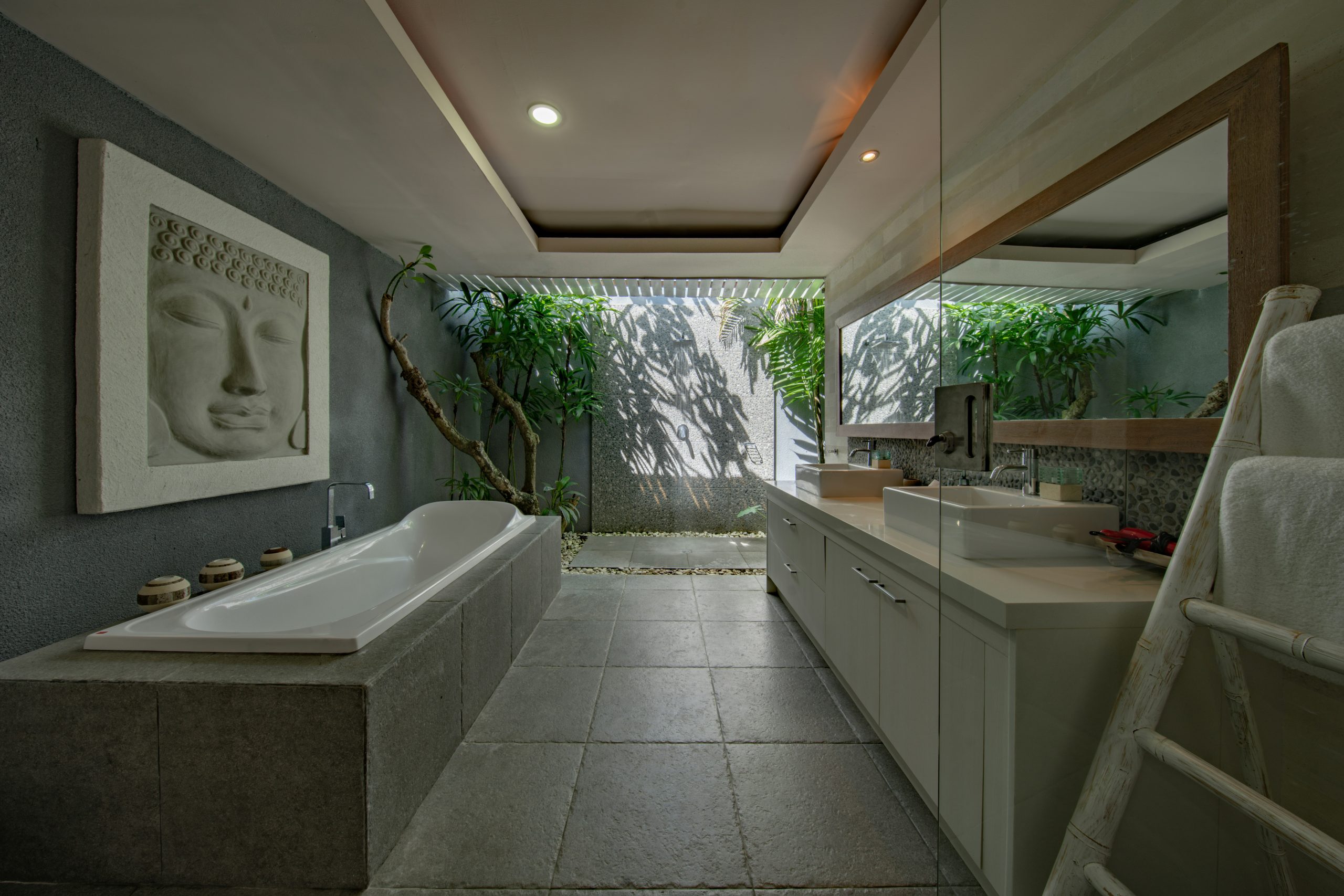
Sliding Windows
Sliding or slider windows are those that open horizontally by sliding one panel over the other. They come compact, are easy to operate, and allow good ventilation. They work well in places where you would want to regulate the amount of airflow while maintaining a sleek design. For bathrooms with limited wall spaces, sliding windows will be functional since they do not need extra floor space to open either inward or outward.
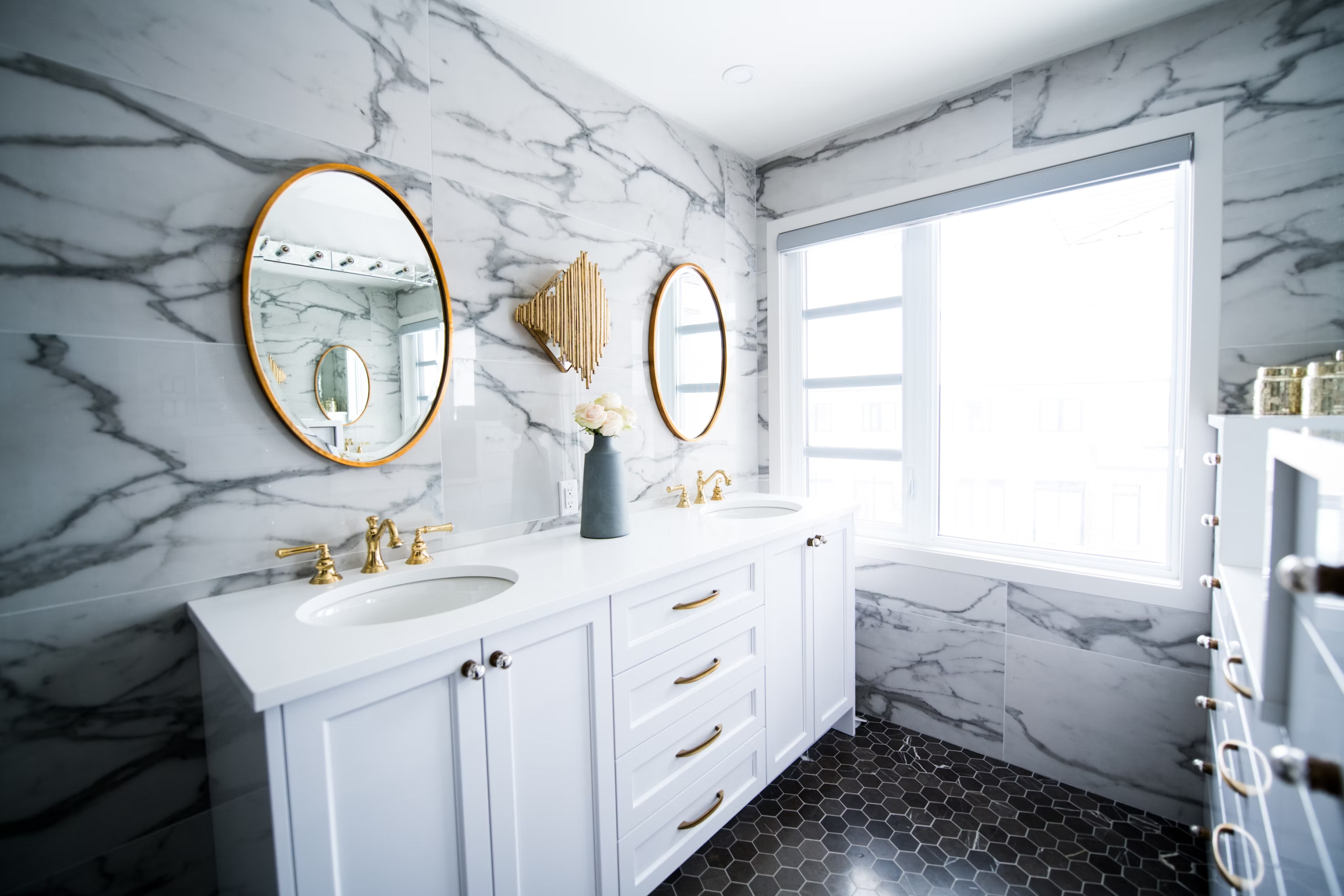
Double-Hung Windows
Double-hung windows contain two operable sashes-a window that can be opened either from the top or from the bottom. These have been called versatile because they work both in the amount and in the direction of ventilation. A top sash lets the warm air go out, while an opened bottom half drags cooler air inside the room. It makes the double-hung window flexible for bathrooms when it is energy efficient. Top sashes on black windows can be opened for more privacy, keeping the bottom half shut.
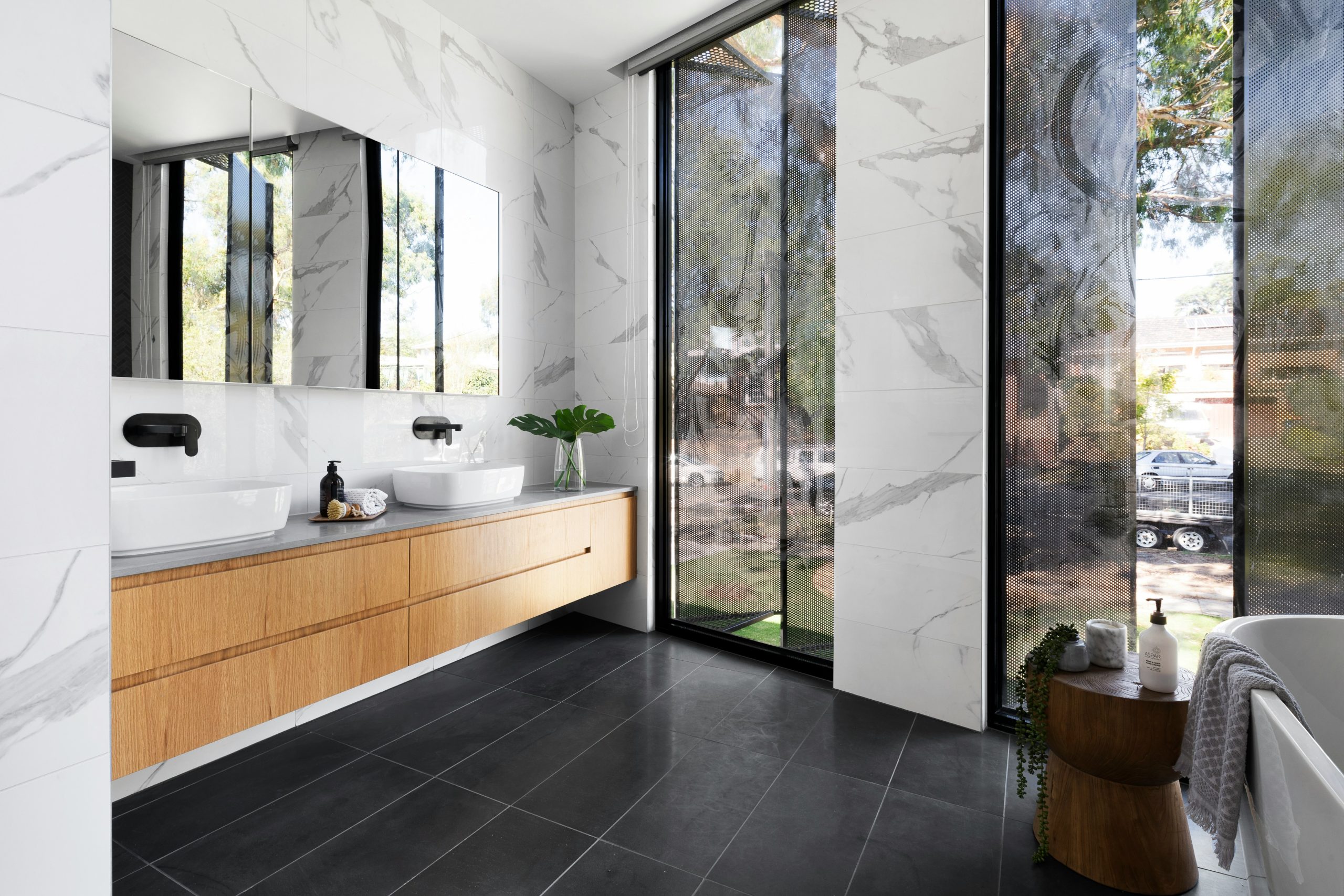
Picture Windows
If natural light is more important than ventilation, picture windows are something to consider. Large stationary windows let in a lot of light and provide an unobstructed view of the outdoors. They work great if you have a nice view, like a garden or a backyard, and work decently behind a tub or vanity. Since picture windows don’t open, they are not a great option for ventilation; however, they can also serve as a beautiful design element and be bright, airy openers.
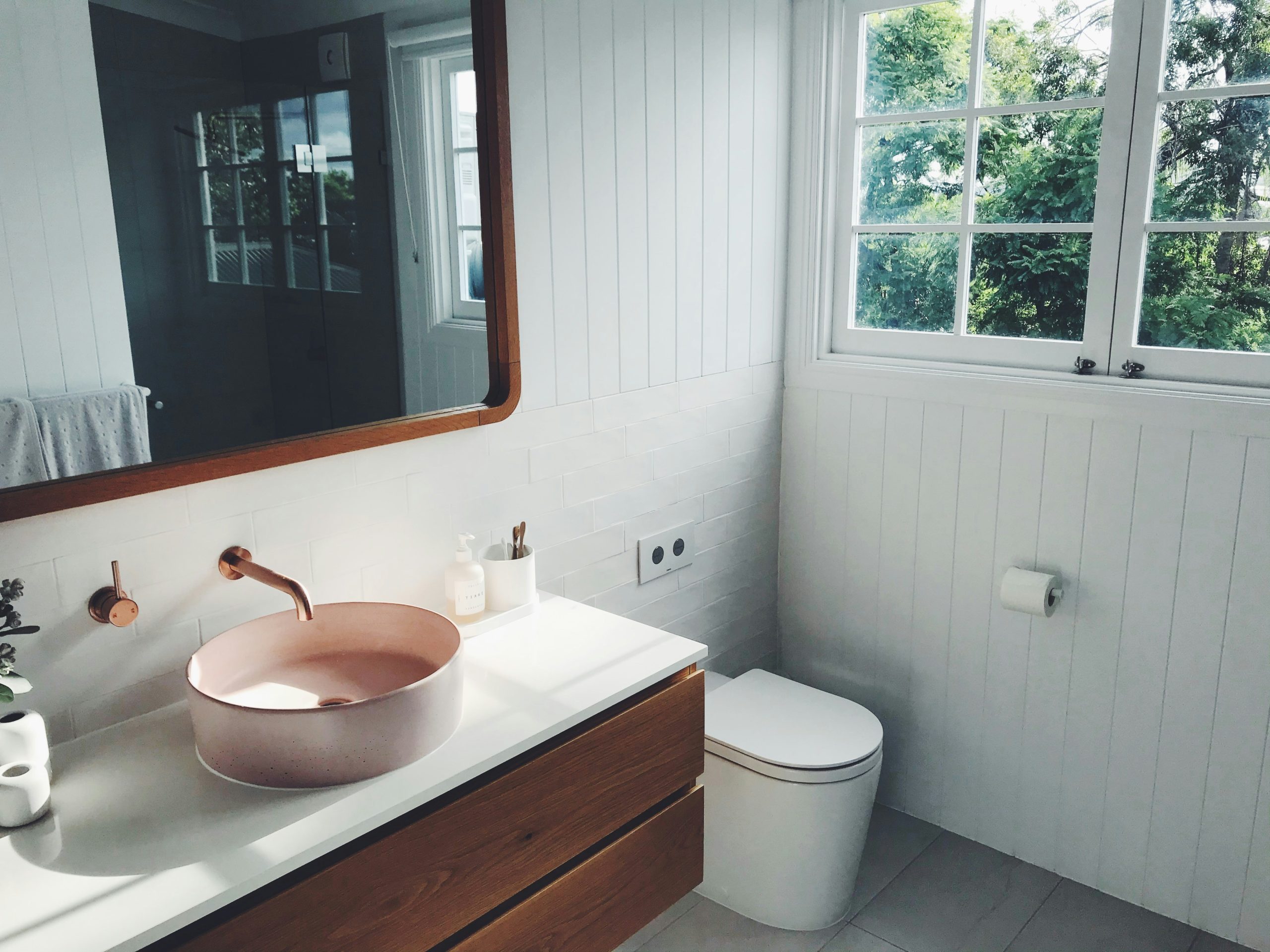
Privacy Concerns and Solutions
Privacy is one of the biggest considerations when installing a window in the bathroom. For bathrooms that require privacy, there are several solutions to existing window to consider:
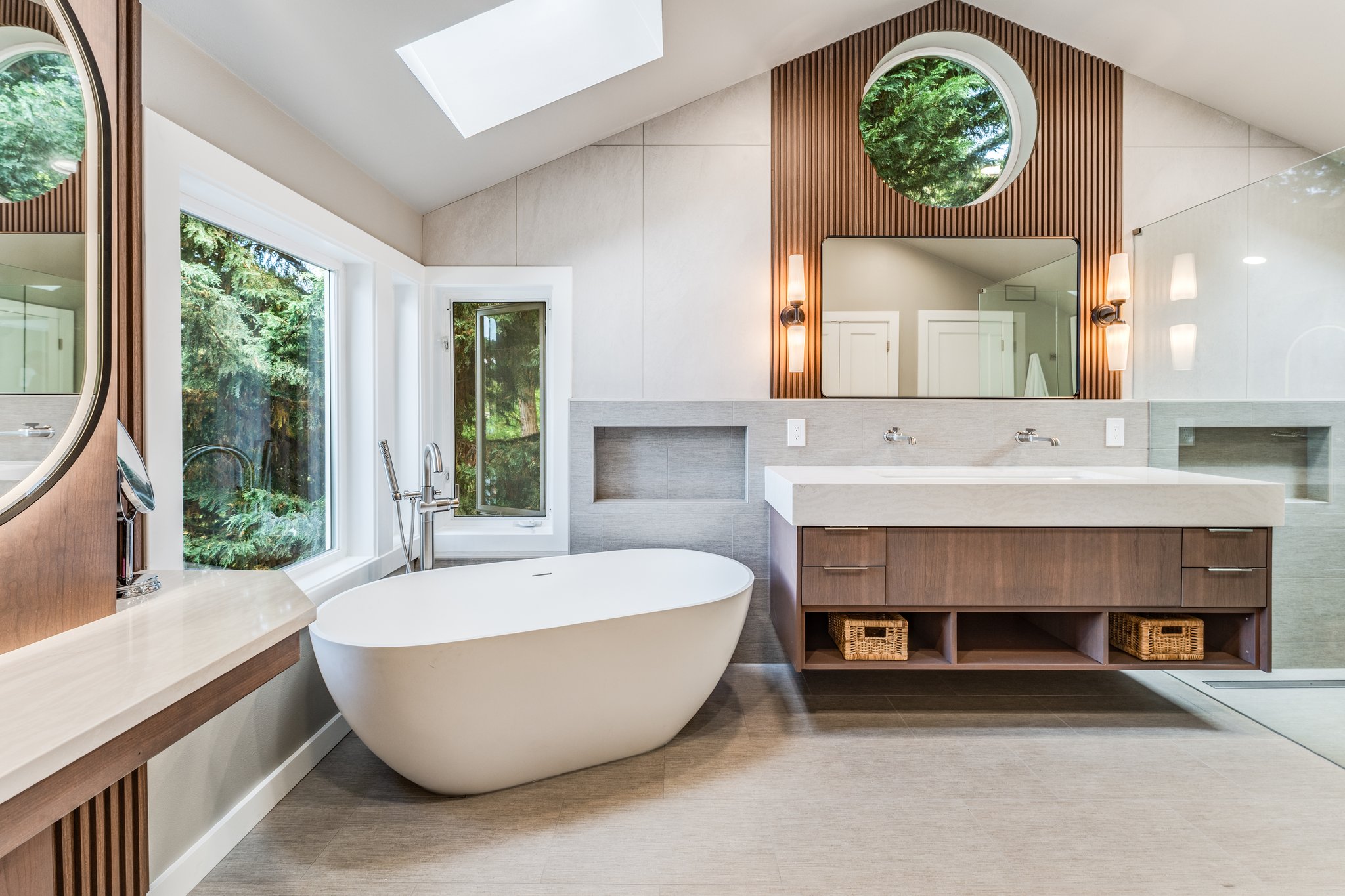
Privacy Glass: One of the most popular options is using frosted glass or privacy glass. This glass has a textured or patterned surface that prevents visibility from the outside while still allowing light to enter.
Window Treatments: Curtains, faux wood blinds, shutters, or shades are all great options for providing privacy in the bathroom. The style of window treatment you choose can also enhance the room’s aesthetic, allowing you to match it with other design elements.
Placement and Size: For smaller bathrooms, placing the window higher on the wall or choosing a smaller size can help maintain privacy. Awning windows near the ceiling or transom windows are great options for letting in light while maintaining discretion.
External Features: Installing roller shutters or using landscaping, such as trees or tall plants, can help block views into the bathroom without compromising light or ventilation.
Disadvantages of Bathroom Windows
While there are many benefits to having windows in your bathroom, there are also potential drawbacks:

Limited Space: In smaller bathrooms, adding windows can reduce available wall space for mirrors, storage, or other functional elements.
Potential Water Damage: Windows in shower areas or near tubs need to be properly sealed to prevent moisture from damaging the window frame or surrounding walls.
Privacy Issues: For bathrooms located close to neighbors or facing public spaces, maintaining privacy may be a concern, requiring extra window treatments or frosted glass.
Alternatives to Bathroom Windows for Ventilation and Light
If adding windows is not a practical option for your bathroom, there are still ways to address ventilation requires privacy, and lighting needs:
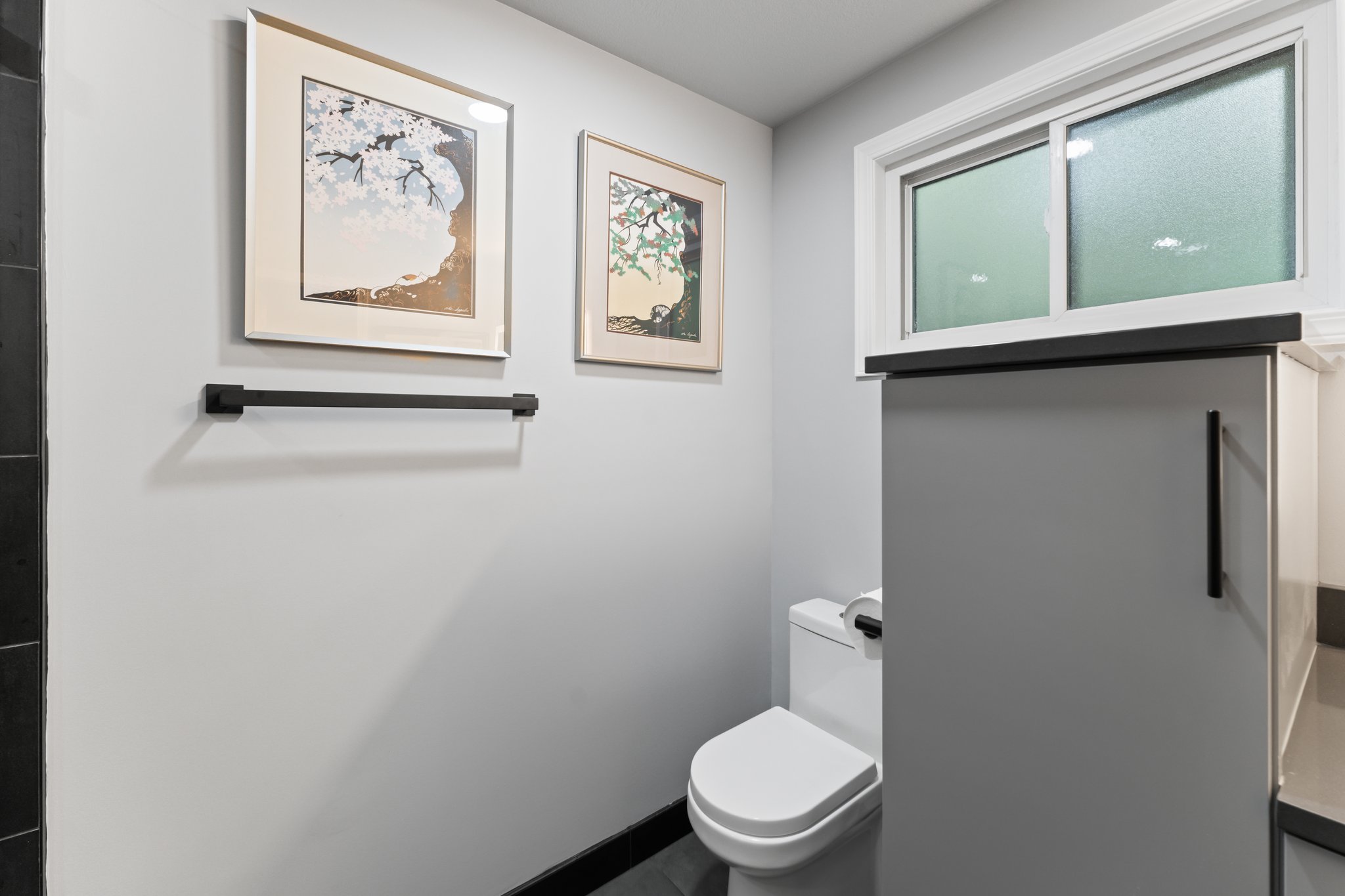
Exhaust Fans: Installing a ventilation fan can help remove moisture and prevent mold buildup. These fans are typically affordable options and can be easily added to an existing bathroom layout.
Artificial Lighting: Use a combination of ceiling lights, wall sconces, and mirror lights to brighten the space. Opt for bright, white light to mimic natural light as closely as possible.
Mirrors and Reflective Surfaces: Adding mirrors and shiny surfaces can help reflect light and create the illusion of a larger, brighter space.
City Codes and Building Regulations for Bathroom Windows
Similar to window installation, the bathroom window types for ventilation is addressed in several building codes at the state and city levels. Understand your requirement before installing or replacing your bathroom windows. Some areas require a minimum-sized window for ventilation, while others may provide alternatives by allowing an exhaust fan. Always verify with an experienced professional that your bathroom window installation will meet all safety and building code requirements.
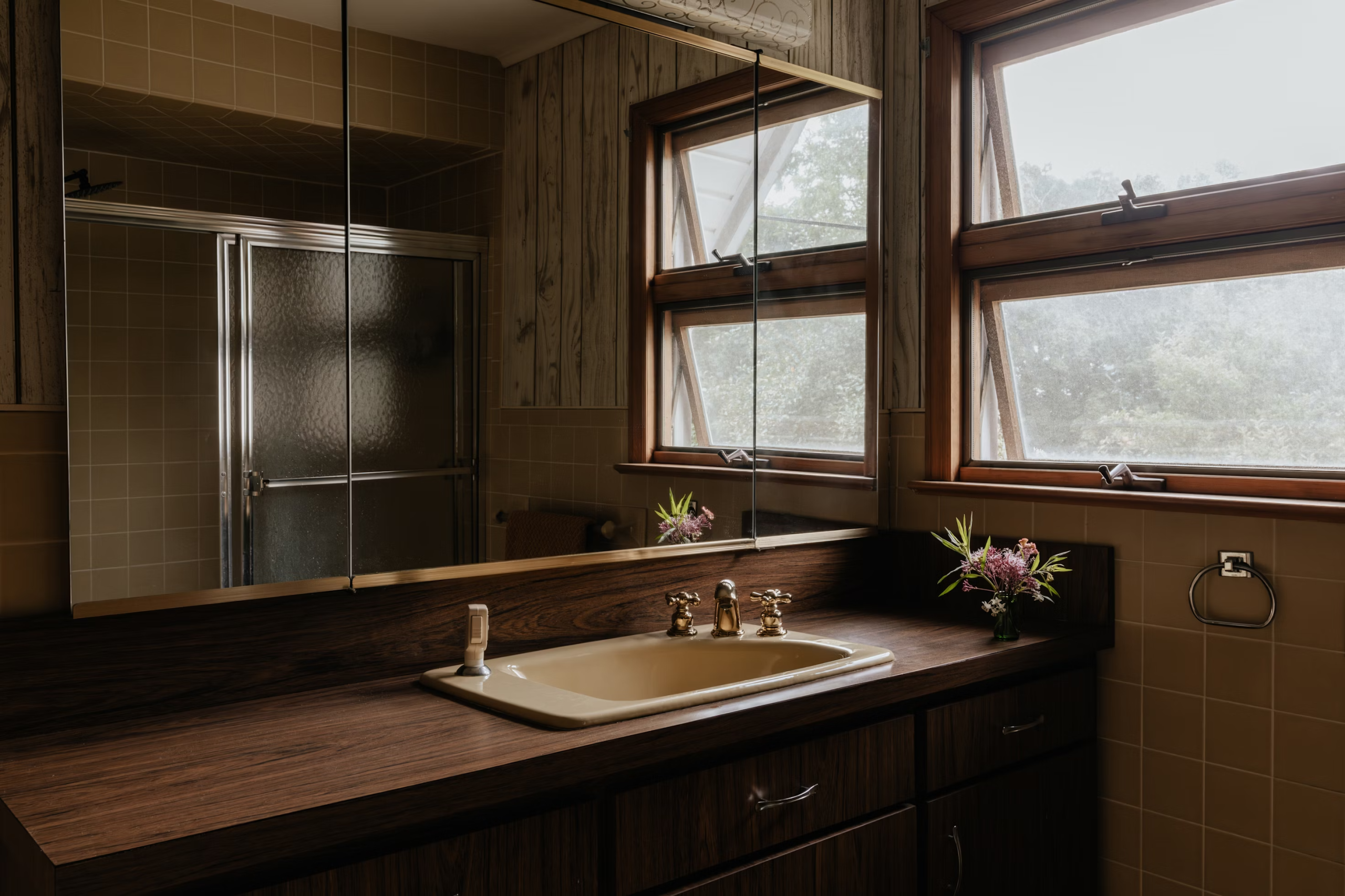
Conclusion
Adding a window to your bathroom allows natural light in, enhances ventilation, and increases comfort. You can choose from a variety of awning, sliding, double-hung, and picture-style windows. Each of these factors plays a part in your decision on privacy, space, and possibly your bathroom area. When installation of any large window, is not possible, there are other options that allow for proper ventilation, as well as lighting. By weighing the pros and cons, you will be able to choose from the options for making up a functional yet stylish bathroom to add more charm to your overall home appeal.










